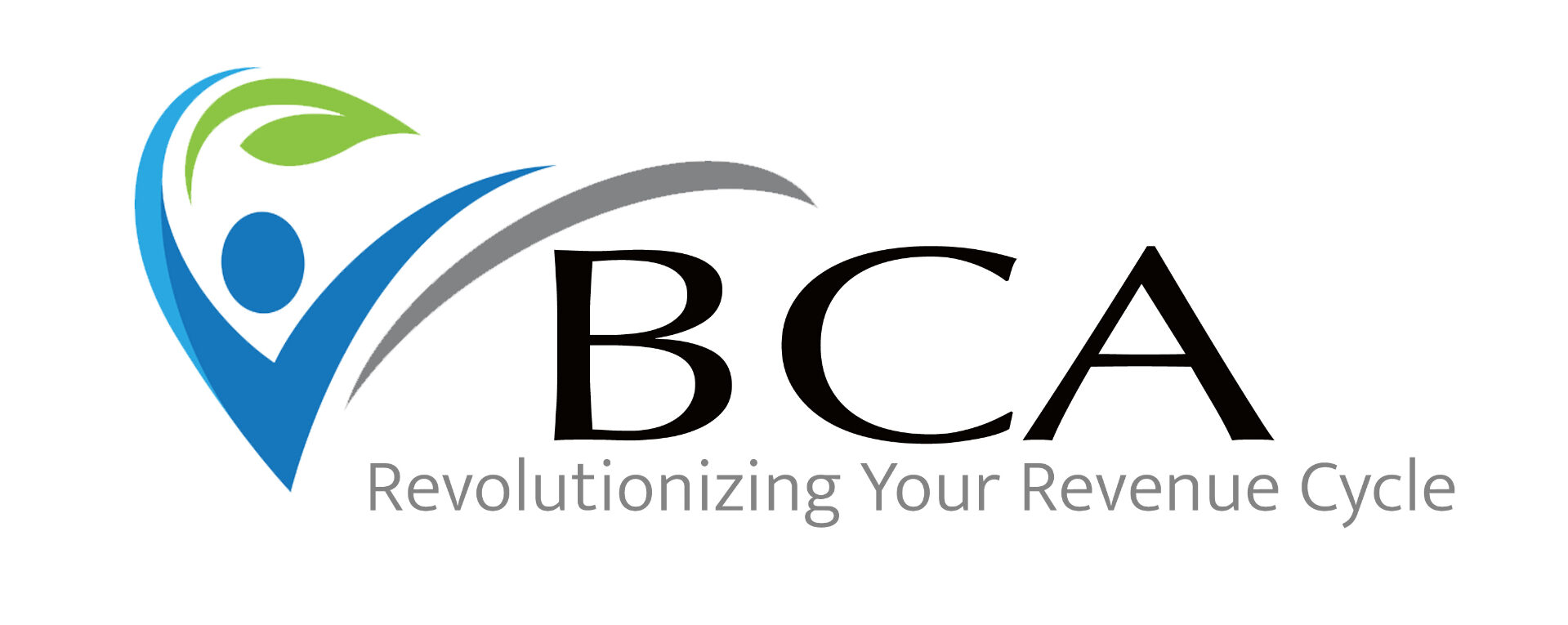Now that we’re returning to the post-pandemic normal, it’s time to get back on track with our compliance practices. Regular documentation audits are vital for maintaining compliance and ensuring high-quality patient care in the ever-changing healthcare environment. These audits help identify areas for improvement, prevent costly errors, and support adherence to regulatory standards. With 35 years of experience in documentation audits, BCA understands the importance of meticulous documentation and offers expert auditing and education services to enhance your practice’s compliance and quality.
Best Practices for Documentation Audits
Internal Audits Twice a Year, External Annually: To ensure a complete review, it is recommended that clinicians’ records be audited internally at least twice a year and that an external audit be conducted annually. This dual approach helps catch discrepancies early and ensures an unbiased evaluation of documentation practices, aligning with federal quality assurance and compliance recommendations. We’ve seen clinics that have an amazingly high pass rate when audited internally, but then fail across the board when it comes to BCA’s stringent audit standards.
Key Steps for Conducting Effective Documentation Audits
- Plan the Audit: Clearly define the scope and objectives of the audit. Are you only looking at the evaluation and management code? Do you want to give a provider feedback on which modifiers they’ve used? Or do you want to get into the deep work of diagnosis specificity? Are you making an informed selection of records based on production, or a random sample? Decide which records will be reviewed and establish specific criteria for evaluation. This step is crucial for a focused and efficient audit process. BCA recommends that audits are conducted within the EMR instead of through “paper” records. This ensures a more thorough review of documentation.
- Review Documentation: Assess documentation for completeness, accuracy, and adherence to regulatory and payer requirements. Utilizing a checklist aligned with OIG compliance guidelines can ensure comprehensive coverage.
- Identify Common Errors: Document and assess common errors such as incomplete records, incorrect coding, or missing signatures. Understanding the impact of these errors on compliance and quality is essential for targeted improvements.
- Provide Feedback: Based on audit findings, offer constructive feedback to either clinicians or coding staff. Highlighting areas for improvement and providing actionable recommendations can enhance documentation practices and compliance. We like to limit our feedback to just a few takeaway items for sustainable improvement.
Addressing Common Documentation Errors
Focusing on common documentation errors can lead to significant improvements:
- Incomplete Records: Ensure all patient encounters are comprehensively documented. Incomplete records can result in corrective action from payers or regulatory bodies and lost revenue from procedures and diagnosis codes not reported. This can reduce the reported level of quality of care and decrease financial incentives under a value-based care model. It can also impact patient care if another clinician needs to care for your patient.
- Incorrect Coding: Remember to review coding policies and practices regularly based on the errors found during the audit process. Accurate coding is essential for correct billing and compliance with healthcare regulations. Coding guidelines change frequently, so it’s important to stay educated to ensure compliance.
- Missing Signatures: Verify that all required signatures are present. Missing signatures can indicate incomplete or potentially inaccurate records, affecting the credibility of the documentation. Many regulatory entities recommend that records be completed and signed within 48-72 hours of the visit.
Strategies for Continuous Improvement
Implementing continuous improvement strategies can sustain high standards in documentation:
- Corrective Actions: Develop specific corrective actions for identified errors. This may include additional training, process modifications, or adopting new technology solutions to streamline documentation. We have recently observed an increase in the use of AI for medical record documentation. However, it’s important to note that, like a puppy, you need to train it early for how you want it to behave in the future.
- Continuous Monitoring: Establish a system for monitoring documentation practices on an ongoing basis. Regular reviews and continuous feedback help maintain consistent compliance and quality.
- Staff Training: Invest in regular staff training on the latest best practices and compliance requirements. It’s particularly important to ensure that new clinicians understand coding guidelines and the critical role their documentation plays in patient care. If your facility does not have a program in place, BCA can assist with training to ensure accurate and compliant documentation.
At BCA, we offer comprehensive auditing and consulting services to support your practice in maintaining compliance and enhancing the quality of care. Please contact us to learn more about our tailored solutions and how we can help you optimize your documentation practices.
For more information on compliance and best practices, visit the HRSA Compliance Manual and OIG Compliance Resource Portal.
